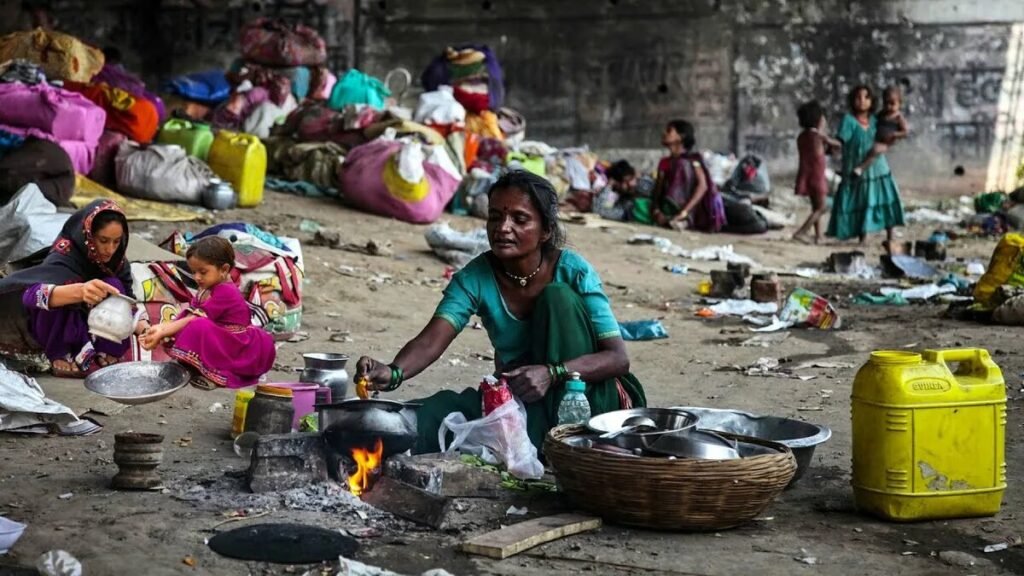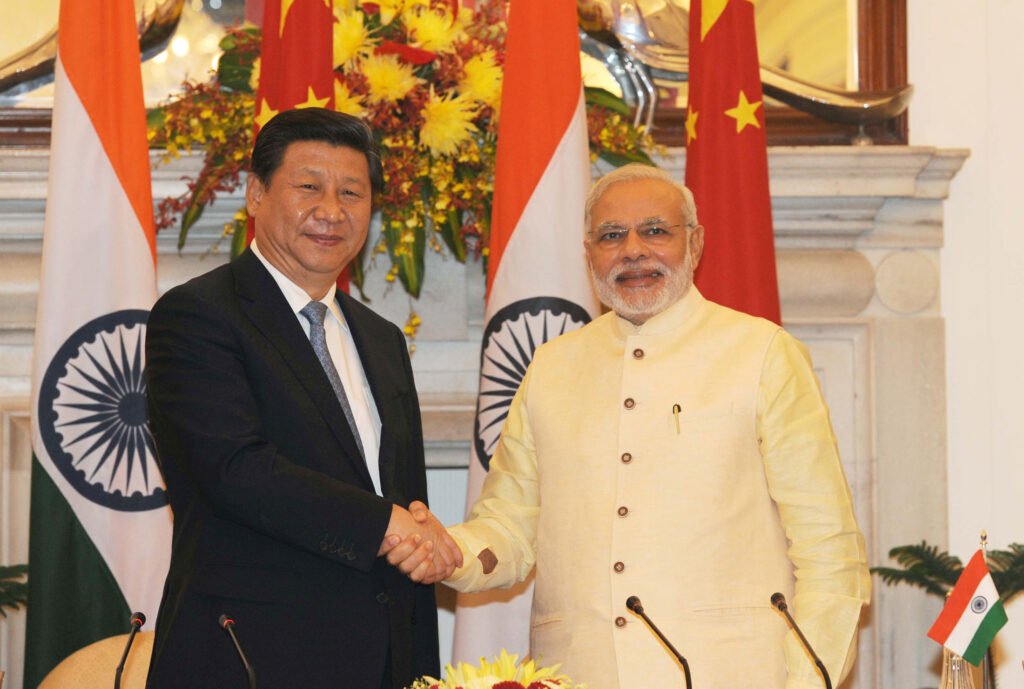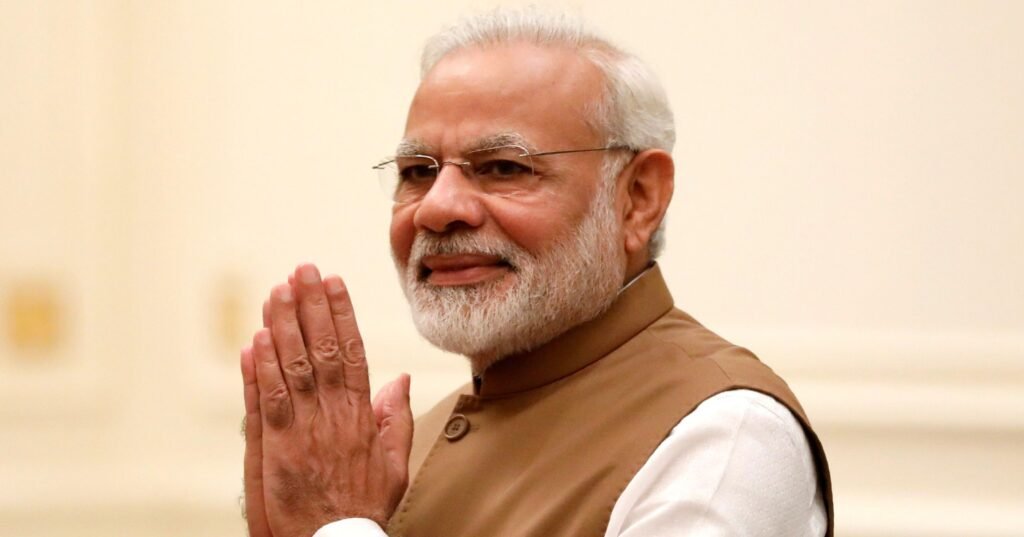India finds itself at a volatile geopolitical crossroads, grappling with both internal socio-economic challenges and mounting external pressures. Prime Minister Narendra Modi’s administration, while projecting an image of economic vibrancy and national strength, is now confronting the limitations of that narrative as the country faces growing instability. This turbulence is exacerbated by a global order increasingly defined by competition between imperialist powers, in which India is both a player and a pawn.
A Fragile Economic Boom
India’s economic growth, often lauded as one of the fastest in the world, conceals an underlying fragility. While GDP figures suggest progress, this development has disproportionately benefited the upper echelons of society. Billionaires such as Mukesh Ambani and Gautam Adani have seen their fortunes rise, even as hundreds of millions remain trapped in cycles of poverty, informal labor, and agrarian distress.
The Modi government has taken aggressive steps toward deregulation and liberalization. Through initiatives such as the Deregulation Commission and the Industrial Relations Code, it has systematically stripped away protections for workers.

Employers may now dismiss large numbers of workers without government oversight, while social welfare programs face austerity-driven cutbacks. These neoliberal reforms have sharpened class contradictions, exposing the working class and peasantry to greater economic vulnerability.
International Turbulence and Trade Retaliations
India’s foreign relations are increasingly shaped by a confrontational multipolar world. Under the Trump administration, the United States has imposed steep tariffs on Indian exports—ostensibly to penalize New Delhi’s economic cooperation with Russia. India’s purchase, refinement, and re-export of Russian oil has been branded as sanction evasion by Washington, despite earlier encouragement by Western powers to stabilize global oil prices. This trade conflict has effectively undermined the once-chummy relationship between Modi and Trump. Despite their shared populist rhetoric and past mutual endorsements, the U.S. president has opted to prioritize domestic political optics and geopolitical leverage over maintaining alliances. By singling out India while sparing other major buyers of Russian oil, such as China and Saudi Arabia, Washington has revealed its willingness to discard diplomatic consistency in favor of short-term strategic gain.

A Turn Toward Beijing
The economic fallout and diplomatic chill with Washington have compelled Modi to recalibrate India’s foreign policy. Seeking alternative partnerships, New Delhi has recently made overtures toward Beijing—a remarkable shift considering the bloody border clashes between the two nations just a few years ago.

In August, Modi participated in the Shanghai Cooperation Organisation (SCO) summit in Tianjin, alongside Chinese President Xi Jinping and Russian President Vladimir Putin. There, both India and China expressed interest in resetting their bilateral ties, with renewed trade agreements and investment pledges. China is poised to increase capital investments in India’s manufacturing and energy sectors, a development that signals a pragmatic, albeit uneasy, alignment of interests.
This pivot underscores a broader trend: the decline of U.S. hegemonic influence is forcing regional powers to seek alternative alliances. The BRICS bloc—despite internal contradictions—may increasingly serve as a counterweight to Western dominance. For India, caught between geopolitical poles, this moment reflects the erosion of its supposed autonomy in foreign affairs.

Growing Domestic Discontent
At home, Modi faces a ticking social time bomb. Rising unemployment, inflation, and declining rural incomes are contributing to public unrest. The textile and agricultural sectors, both highly dependent on exports to the U.S., are already feeling the pain of tariffs. In response, Modi has made promises to shield farmers and small businesses from the worst effects, hoping to quell discontent. But populist assurances cannot obscure the underlying economic contradictions. India’s much-celebrated rise as a global power rests on the shoulders of a brutally exploited labor force. Deregulation may please foreign investors and domestic capitalists, but it comes at the cost of deepening inequality and social instability. The government’s tendency to rely on nationalism and religious sectarianism to distract from its economic failures is becoming increasingly ineffective. While such tactics may mobilize a segment of the electorate, they do little to resolve the systemic issues plaguing the Indian economy and society.
A Nation at a Crossroads
India’s current trajectory reveals the limitations of Modi’s economic and foreign policy strategy. His efforts to straddle multiple global alliances have left India vulnerable to economic coercion from all sides. The ruling class’s pursuit of capitalist development through deregulation and trade diversification has exposed the country to both domestic discontent and global volatility.
In this context, the Indian working class is confronted with a clear choice: continue enduring the economic turbulence created by competing imperialist interests, or organize for a radical transformation of society. The current crisis presents not only challenges but also opportunities for the emergence of a genuinely democratic and equitable alternative to the existing order.


